Introduction to Sedum Pronunciation
Welcome to the verdant realm of sedum plants, a true treasure trove for gardeners and succulent aficionados alike. As you meander through vibrant foliage and intricately textured succulents, one might ponder why the mere utterance of their name matters. It’s more than just about being botanically erudite; it’s about honoring the identity of these resilient flora. So before we delve into the nitty-gritty of phonetics, let’s anchor ourselves on why pronouncing plant names correctly enriches our gardening culture, fostering a deeper bond between us and our photosynthesizing companions.
Imagine visiting a local nursery, your eyes catching on the sculptural silhouette of a sedum. “What’s this one called?” you inquire, eager to weave it into your own garden tapestry. The nursery worker beams, “That’s a ‘Seed-um’—a hardy perennial adored for its drought tolerance and vibrant blossoms.” The correct pronunciation rolls off your tongue, bridging the gap between curiosity and knowledge. It’s a subtle nod to the expertise and passion that thrives within the gardening community.
Consider, for instance, the value of linguistic accuracy if you’re documenting your garden’s evolution on social media or blogging about your latest horticultural endeavor. “This season, I’ve added several ‘See-dums’ to my rockery,” you might share, capturing the curiosity of fellow enthusiasts. And just like that, a term once foreign becomes a shared vocabulary, knitting together a tapestry of communal dialogue and exchange.
Equipped with this understanding, we stand at the threshold of a handy pronunciation guide; a beacon for unleashing the correct sounds of sedum into our gardening lexicon. Follow along as we look to preserving the genuine essence of our succulent friends through the simple act of saying their names right.
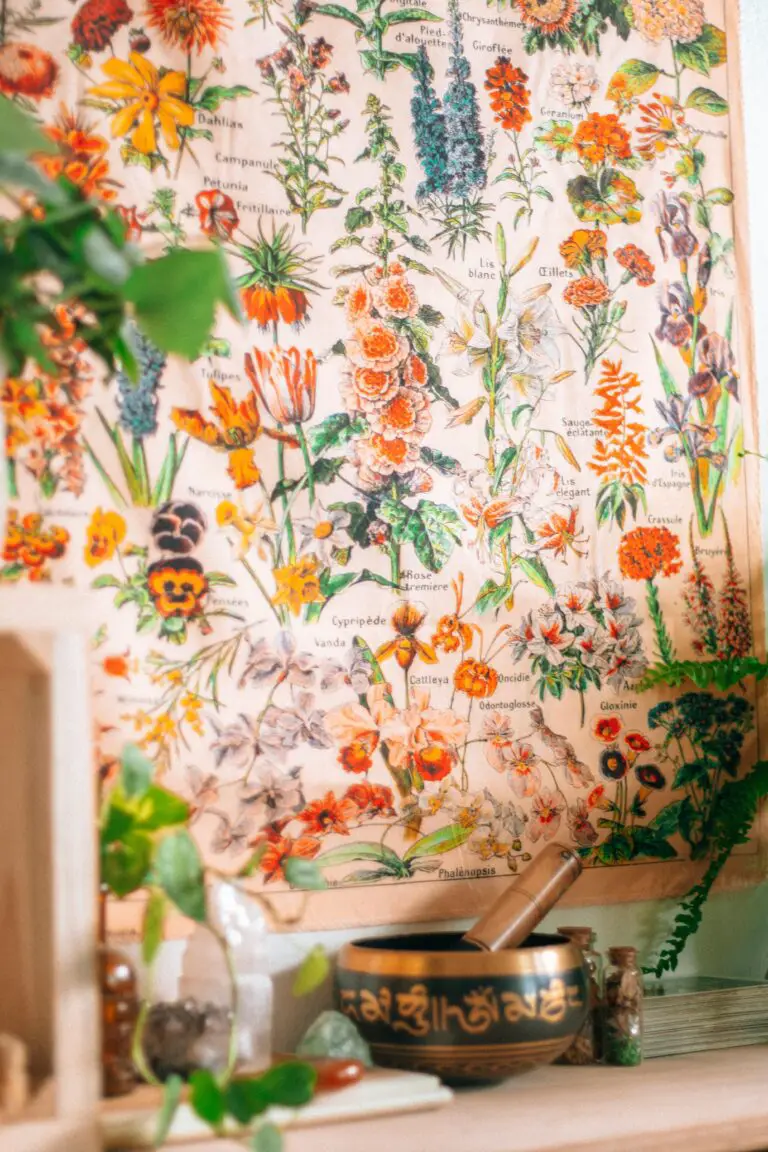
The Basics of Plant Pronunciation
Welcome to the lush world of plants, where the botanical names often appear more like a cryptic riddle than a label to pronounce with ease. Well, let’s turn the tables on these tongue-twisters today! While it’s true that the rules governing the pronunciation of scientific names can seem as intricate as a spider’s web, at their core, they’re as structured as the beautiful leaves of a Corkscrew Plant. So, before we delve into how to articulate ‘sedum’ perfectly, let’s iron out some common creases in plant pronunciation.
Picture this: You’re strolling through a garden, and you spot a stunning succulent. “That’s a Sedum Spectabile,” says your friend. You nod, but internally you’re thinking, “Sedayum? Seh-doom?” Here lies the most common mistake – assuming phonetic freedom where there is none. Botanical Latin, much like classical Latin, has specific sounds for vowels and consonant combinations. Eureka!
Take vowels, for instance. In the botanical world, ‘a’ is always pronounced as ‘ah’, the ‘i’ is a clear ‘ee’, and the ‘e’… dare we say, as in ‘sedum’, is an unequivocal ‘eh’. Armed with these simple vowel sounds, you’re ready to bring on the Latin names with confidence.
Consonants demand your attention, too. Ever tripped over names with ‘ch’ and ended up saying ‘chocolate’? In the kingdom of flora, ‘ch’ takes a harder stance; think ‘k’ as in ‘Christmas Cactus’. Meanwhile, ‘s’ in names like ‘Sempervivum’ is sharp, never buzzed like a bee—pure ‘s’ folks, pure ‘s’.
But wait, there’s more! Intonation is your secret weapon. Picture the melody in your voice as you say ‘Echinocactus’; hit the penultimate syllable with a bit of oomph—’EchinoCACtus’. That’s the trick, rolling off your tongue like morning dew on echeveria leaves.
Still intimidated? Don’t be—pronunciation guides abound, and with a little practice, you’ll be showing off your linguistic prowess with botanical names as flawlessly as a Sempervivum blooms. In fact, to help you better understand and pronounce plant names, here’s an engaging video, packed with examples:
Now, let’s apply these principles to our succulent subject: Sedum. ‘Se’ is pronounced with an ‘eh’, and when it comes to the ‘dum’, well, it’s as straightforward as saying ‘dumb’ without the ‘b’.
There you have it—not so daunting after all, right? Remember, understanding these basics is key to unleashing the beauty of botanical names. So, the next time you come across a sedum or any other plant, say it loud and proud. After all, knowing how to pronounce their names is the first step in getting to know these green wonders a little more personally.
Breaking Down the Pronunciation of Sedum
Mastering the pronunciation of ‘sedum’ might seem like a herculean task, but fear not, succulent savants! It’s time to clip the confusion and let the correct pronunciation take root. Break it down now: ‘SEE-dum’. Accentuate the ‘SEE’, let it bask in the sunlight like the hardy plant itself, then follow with a soft ‘dum’, as gentle as a succulent’s leaf. Easy, right?
Let’s sprout further into the details. Sedum is not just a word—it’s the name of a succulent family that knows how to rock garden aesthetics without demanding high-maintenance whispers. Picture yourself wandering through a botanical garden, spotting various Sedum spectabile thriving without a care, and you nod in acknowledgment, saying, “Ah, SEE-dum.” Now, you’re part of the sedum savvy population.
Imagine telling a friend, “I’ve added some SEE-dum to my rock garden,” and their eyes light up with recognition, not confusion. And for those of you craving a visual aid, feast your eyes on this succulent symbol of sound pronunciation:
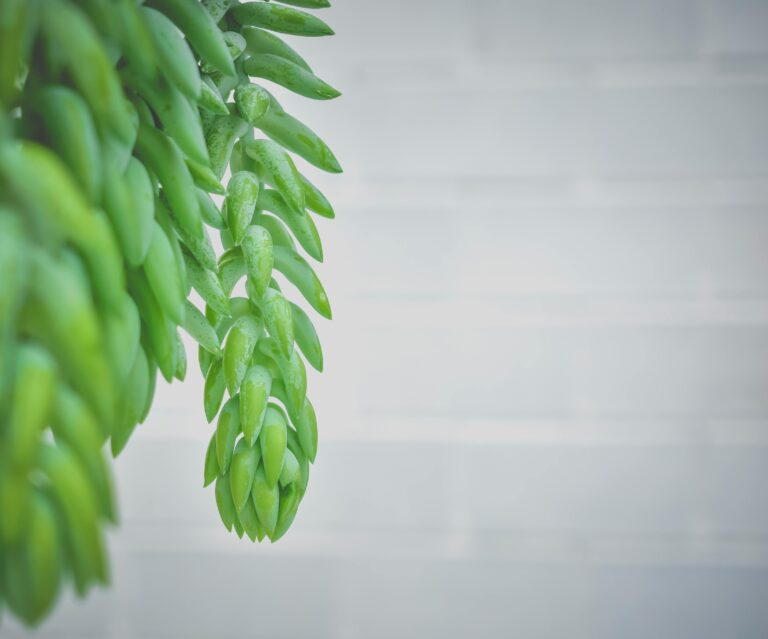
If you lean towards auditory learning, listening to the mellifluous sounds of a properly pronounced ‘sedum’ can be akin to the soothing rustle of leaves in a gentle breeze. Search for audio clips, or better yet, check out the video guides that can echo through your mind’s garden, ensuring you’ll always remember the serene sound of ‘SEE-dum’.
Repeating the word while tending to your garden could even become a meditative mantra. “SEE-dum, SEE-dum,” you chant, aligning your breathing with the cadence of care these plants require, helping not just your sedum but also your soul to flourish.
Common Mispronunciations to Avoid
Let’s talk succulents – specifically, how to pronounce “sedum” without sounding like you’ve got a pebble in your shoe. It’s a bumpy ride for many gardeners and plant enthusiasts, navigating through the thicket of botanical Latin and Greek names. Before we roll our r’s and click our tongues, here’s a fun fact: the word “sedum” itself descends from the Latin “sedere,” meaning “to sit.” Now, let’s ensure that when you say “sedum,” it sits right on your listeners’ ears.
First things first, avoid the slippery slope of overemphasizing the ‘seh’ to sound like ‘see-dum.’ It’s not a sight test; it’s a plant. The correct phonetic embrace is a soft ‘seh,’ like in ‘settle,’ followed by a crisp ‘dum,’ as in ‘drum.’ Remember it this way: just as these plants sedately sit in your garden, start the word ‘sedum’ with a calm ‘seh,’ not a screeching ‘see.’
Another common blooper blooms when people pronounce it similar to ‘sedan’—quite the car crash of pronunciation. Sure, sedums are as hardy as they come, but they’re not vehicles. To steer clear of this mishap, anchor the ‘dum’ in your mind as a definite ‘dum’ and not a wandering ‘dan.’
For an earthy mnemonic, think of “soil” and “drum.” Your garden’s soil is to sedum what rhythm is to drum. They belong together: “seh-dum.” Easy, right? Just like watering your succulents – not too much, not too little, just the right amount of simplicity.
Helpful Hints for Sprouting the Correct Sound
Now, let’s plant some hints to grow your confidence. Repeat after me: “Sedum – like adding ‘dum’ to ‘se’.” Imagine them sitting snugly among your flowerbeds, the leaves plump with moisture, the name as soothing to pronounce as the plant is to the eye. Visualize their robust clusters of starry flowers, and say it with me: “seh-dum.” No fuss, no muss, just like these drought-tolerant beauties.
It’s common to associate “sedum” with similarly named counterparts like “sedge” or “seed.” While they evoke images of greenery and flourishing life, it’s crucial to distinguish the unique intonation of “sedum.” It’s not “SEED-um,” eagerly sprouting like a fresh seed, nor is it “SEDGE-um,” swaying like the sedge grasses. It stands alone, distinct and distinguished: “sedum.”
So, now you’re all set with the knowledge to properly pronounce “sedum.” Yet, if you still find yourself in a botanical bind or want to see the name “sedum” roll off someone else’s tongue, I’ve got just the right visual aid to help. Watch this and witness the right sound of this succulent in action:
Remember, whether you’re chatting with fellow succulent enthusiasts or lecturing a crowd on your latest garden escapade, a properly pronounced “sedum” will ensure you sound as cultivated as the plants you adore. Happy gardening!
Variations in Sedum Species Names
Isn’t it fascinating how a single genus of plants can display such a marvelous diversity, not just in appearance but also in nomenclature? Sedum, a group collectively known as stonecrops, includes a palette of species each with its own unique tongue-twisting label. Let’s demystify the melodic symphony of these succulent names, shall we?
Picture the Sedum telephium, often fondly referred to as ‘upright sedum’, melody flowing through the air as ‘SEE-dum TEL-eh-fee-um’. Now, contrast that with the dainty Sedum sieboldii, its moniker rolls off the tongue more like ‘SEE-dum see-BOLD-ee-eye’. It’s like each species has its own signature tune!
Diving into the thick carpet of sedum varieties, the beat goes on with Sedum acre. Interestingly enough, the ‘acre’ isn’t pronounced as you would the measure of land, but rather ‘AH-kreh,’ like a breath of fresh air. And who can overlook the starry-flowered Sedum reflexum, also known as ‘Jenny’s stonecrop’, which sounds like ‘REE-flek-sum’ when spoken with finesse.
Looking to broaden your succulent vocabulary even further? Wander over to this pronunciation guide that opens the gateway to perfecting the enunciation of a plethora of verdant companions. From the rolling ‘r’s to subtle ‘l’s, it’s a treasure trove of phonetic nuances awaiting exploration.
Practicing these names adds panache to your plant conversations and there’s no better way to show off your horticultural savoir-faire than by getting those names just right. So the next time you stroll through a garden or visit a nursery, impress your friends or the green-thumbed stranger with your spot-on pronunciation of Sedum kamtschaticum – it’s ‘SEE-dum kam-CHAT-i-kum’, not ‘kam-TSHAT-i-kum’ by the way. And it’s this attention to detail that transforms an amateur into a connoisseur of the succulent world.
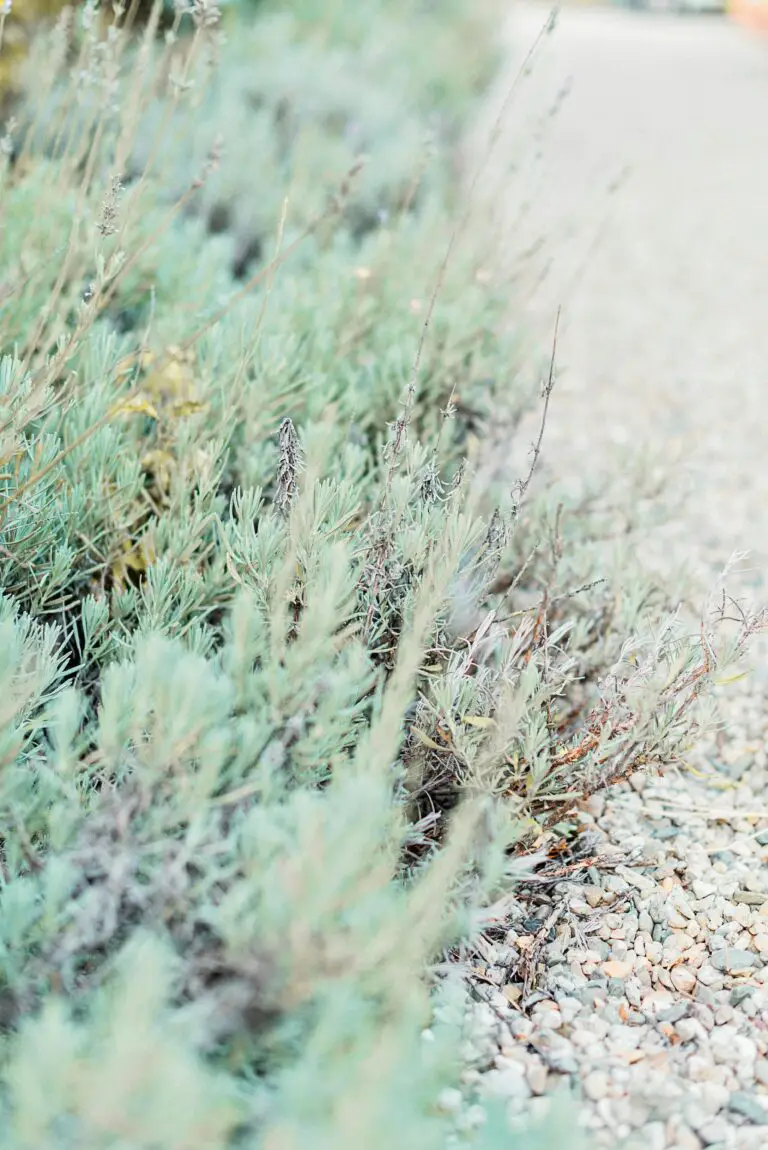
Remember, each sedum species carries its own little secret code of syllables that once cracked, opens up a whole new dimension of appreciation. So take a leap, say them out loud, and let the botanical poetry of Sedum take root in your dialogue!
The Importance of Pronunciation in Botanical Nomenclature
Have you ever found yourself in a garden chatting with a fellow plant lover, only to have your conversation come to an awkward pause when you stumble upon the name of the “Sedum”? It’s a scenario as common as daisies in a meadow, but one that underscores why getting the pronunciation right is more than just a formality—it’s a bridge to clear communication. Whether you’re in a casual conversation or presenting to a crowd of succulent savants, nailing the name of this plump perennial can keep the horticultural harmony blooming.
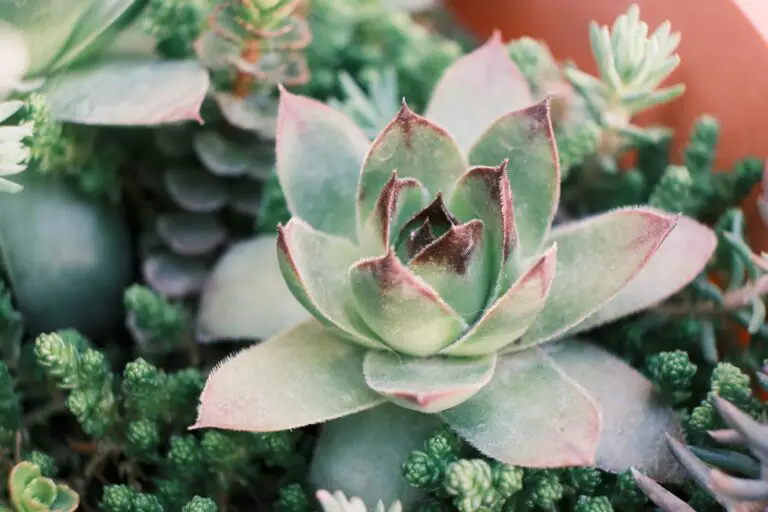
Let’s dig a little deeper. Imagine you’re on the hunt for a specific type of Sedum to complete your rooftop garden collection. You enter your local nursery, armed with enthusiasm but unsure how to pronounce “Sedum.” A mispronunciation could lead to confusion, sending you home with a “Sedium,” a “See-doom,” or something not even botanically related. It’s not just a matter of saving face; it’s about proper identification—which can be crucial in gardening where the subtlest variations matter.
And then there’s education. Consider a classroom where fledgling botanists hang on to every syllable that falls from their instructor’s lips. A correctly pronounced “Sedum” can seed confidence and capability in these bright minds. It’s part of the protocol; after all, botanical nomenclature is as much of the science as photosynthesis and plant pathology. There’s a rhythm to these Latin names—a cadence that when struck correctly, can turn a tongue-twisting taxonomy into a melodious vernacular that sings with precision and authority.
Concluding, the right pronunciation of Sedum acts as a passport in the plant world, allowing you to connect with other enthusiasts across the globe seamlessly. It’s more than etiquette; it’s an expression of the universal language of botany. In an age where “Googling” is synonymous with knowing, being able to correctly articulate “Sedum” can set the standard for an informed and engaged gardening community—where knowledge is not only acquired but also shared accurately and with pride.
Tips for Mastering Pronunciation of Plant Names
Let’s dive into the verdant world of plant pronunciation! Knowing how to articulate the name ‘sedum’ correctly not only boosts your plant-parent confidence but also ensures that you’re speaking the same language as your fellow green-thumbed enthusiasts. Now let’s get your tongue in shape for the botanical bout!
Firstly, lean on the power of technology. There are countless online resources at your fingertips. Whether it’s a trusted plant-care website with audio pronunciations or a video tutorial, these digital aides can be your pronunciation partners, ensuring that ‘sedum’ rolls off your tongue with ease. Just hit play, listen, and repeat!
Rallying with local gardening groups can provide a real-time language laboratory. Here, you can listen, learn, and practice with others who share your passion for horticulture. Imagine the scene—a gathering of gardening gurus, all chanting ‘sedum’ in unison, solidifying its correct pronunciation deep within your mind’s phonetic library.
Moreover, botanical dictionaries are like the secret scrolls for plant name pronunciation. These compendiums don’t just tell you about the sedum, but they show you how to enunciate it with scholarly finesse—phonetic spellings and all. It’s a bit like having a botanical linguist whispering right in your ear.
Remember, practice does make perfect. Repetition is a potent tool, so make ‘sedum’ your mantra as you tend to your succulent sanctuary. Perhaps, speak the names aloud as you water, prune, or simply admire them. It’s a charming way to bond with your botanical buddies while refining your pronunciation prowess.
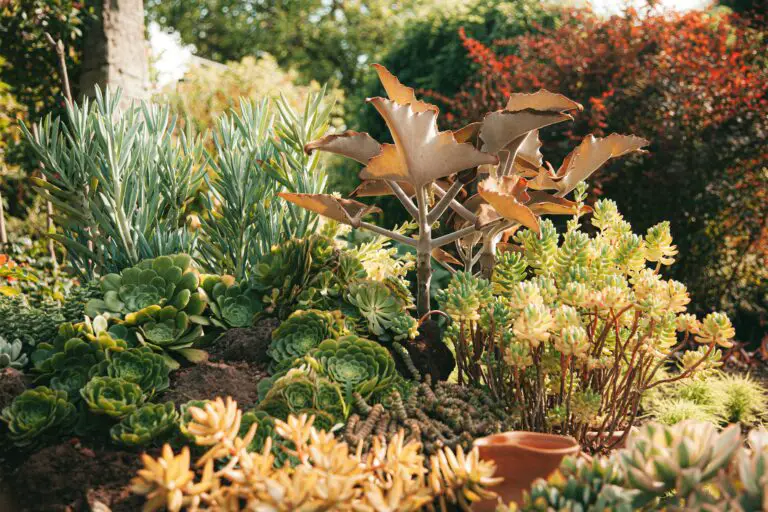
Whether you’re trading tips with plant pals or engaging in solo study, these strategies are your secret to success for speaking ‘sedum’ with poise and precision. Combine these approaches, and soon you’ll be sounding like a seasoned botanist with every syllable you utter. Time to cultivate your linguistic garden and let the words bloom!
Frequently Asked Questions
Ever wondered if you’re pronouncing ‘Sedum’ the way seasoned gardeners do? Or why getting that pronunciation just right matters? Well, you’re not alone! Here are answers to some of the most common head-scratchers that plant enthusiasts like you have asked regarding this charming succulent.
Is it ‘SEE-dum’ or ‘SED-um’?
It’s the question that stumps many: How do you say ‘Sedum’ correctly? Picture yourself walking through a lush garden, spotting the fleshy, water-storing leaves of the Sedum. As you turn to your friend to share your find, do you say ‘SEE-dum’, styling it like you’re commanding the plant to see the world? Or is it ‘SED-um,’ as if you’re settling it into its soil bed? Drumroll, please… It’s ‘SEE-dum’! When pronouncing it, think of how you would tell your friend to “see the day” — with anticipation and clarity.
Why does pronunciation matter in the world of succulents?
If you’re trading cuttings or chatting in gardening forums, dropping the correct ‘SEE-dum’ earns you a nod of recognition. Imagine mispronouncing it in front of a group of succulent aficionados, and all you’ll harvest is a bunch of confused glances. Nailing the pronunciation is like a secret handshake – a small detail, sure, but one that grants you entry into the inner circle of green thumbs.
What happens if I mispronounce it? Will my Sedum care?
Here’s the thing: while your Sedum won’t wilt at a mispronunciation, the gardening community might not be so forgiving. Picture this: You’re in a local nursery, eager to expand your collection. “I’d love some of that ‘SED-um’,” you say, pointing excitedly. The attendant pauses, a gentle smile unfurling. “Oh, you mean ‘SEE-dum’?” It’s that moment of gentle correction that might seed a tiny blush on your cheeks. So while your Sedum stands tall, unaffected, it’s the social faux pas you want to avoid.
Let’s not forget; it’s not just about the embarrassment. Accurate pronunciation can be crucial when seeking advice or care tips online. Post a question about your ‘SED-um’ and you might just float into the abyss of the internet unanswered. Use ‘SEE-dum,’ and suddenly, you’re flooded with tips from the community who knows exactly what gem you’re referring to.
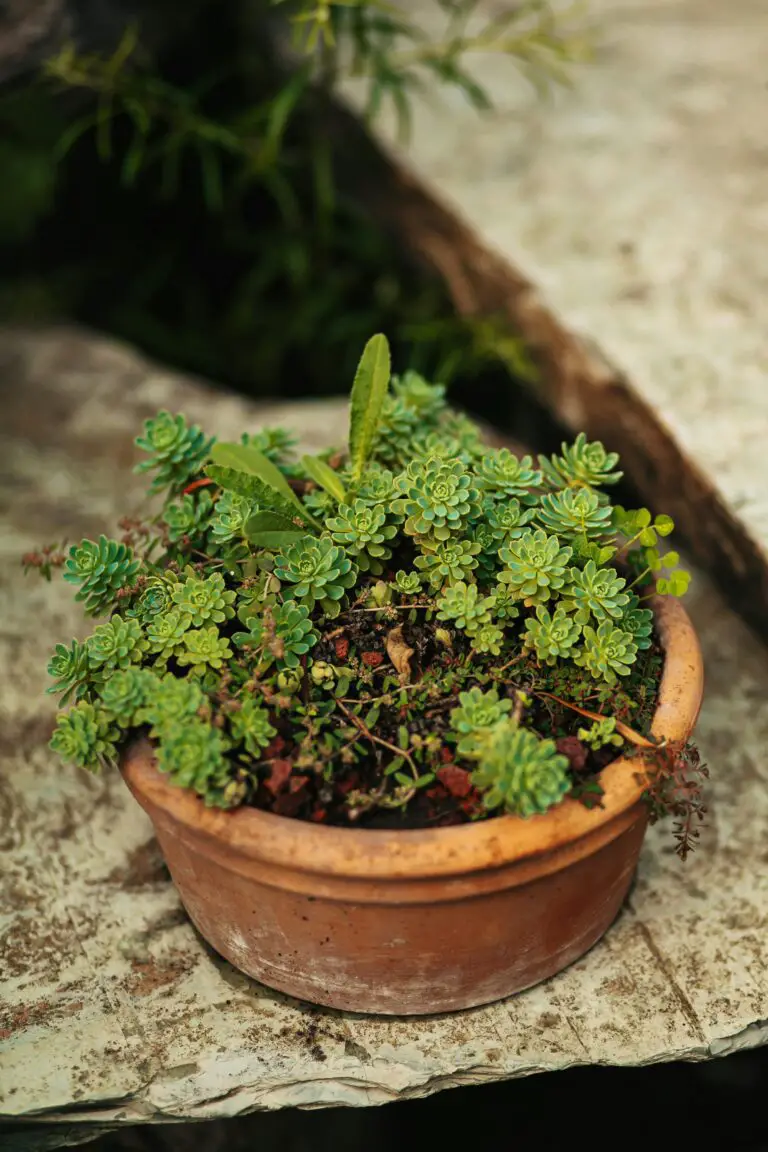
If everyone understands which plant I mean, why fuss over pronunciation?
Words are the petals we use to bloom understanding. Consider a world traveler asking for directions. They may pronounce the street name in a unique way, but with a little patience, they get where they need to go. Yet, with Sedum, as with any specialized topic, perfecting the pronunciation is part of the joy. Sharing experiences about ‘SEE-dum’ connects you with others, opening doors to shared gardens and stories. Spotting a Sedum shouldn’t just be about recognizing its clustered blooms; it should also be about savoring the correct syllables as they roll off your tongue.
As you’ve seen, getting the pronunciation of ‘Sedum’ pinned down is about more than just accuracy. It’s about community, about becoming a part of the global tapestry of garden lovers. So next time you’re talking about these sun-loving succulents, say it loud and proud: ‘SEE-dum’! And maybe, just maybe, you’ll inspire someone else to get it right, too.



